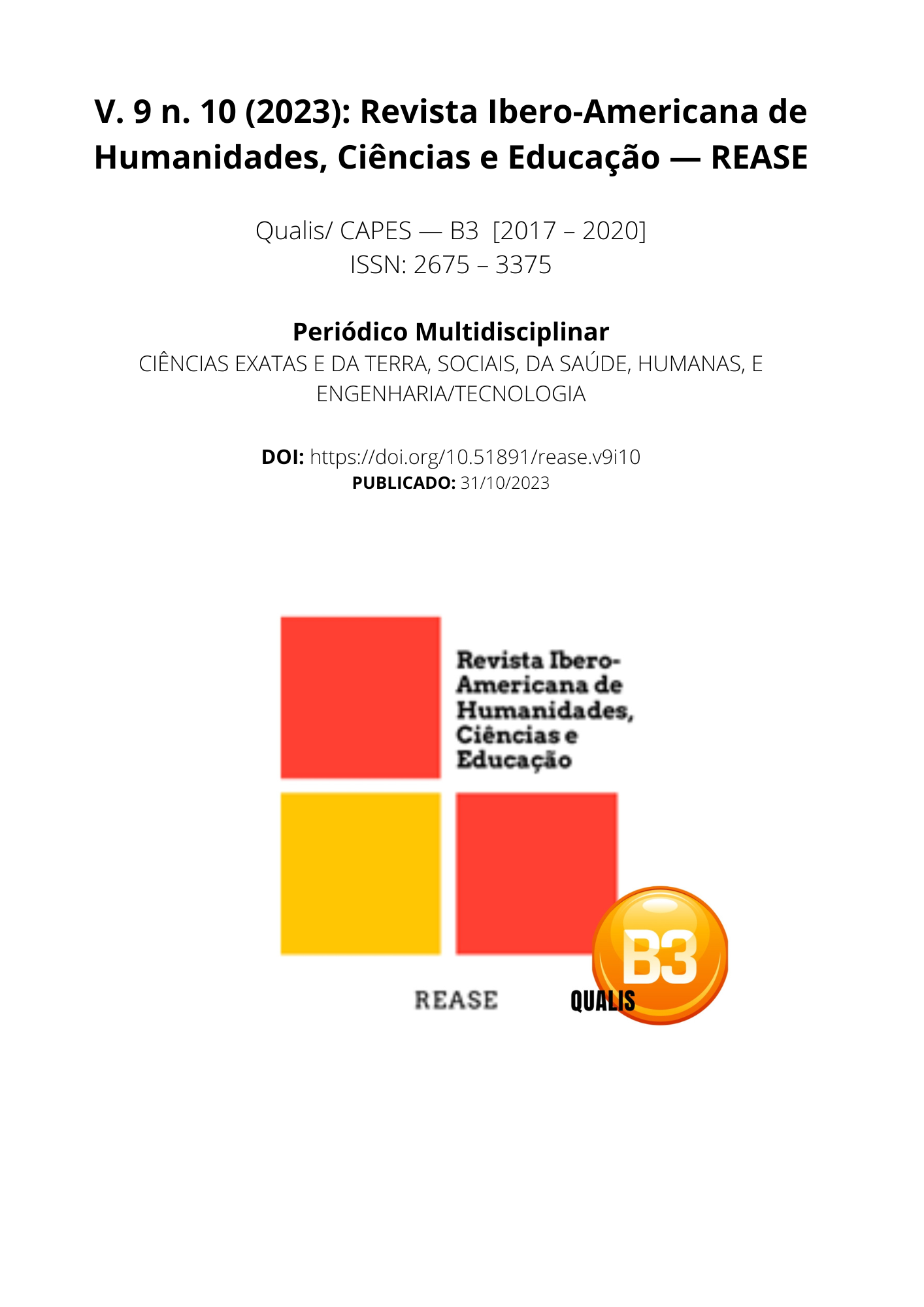EPIDEMIOLOGICAL ANALYSIS OF THE PREVALENCE OF ARBOVIRUSES IN THE ARAGUAIA HEALTH REGION, IN THE STATE OF PARÁ, BETWEEN 2015 AND 2023
DOI:
https://doi.org/10.51891/rease.v9i10.11608Keywords:
Arboviruses. Prevalence. Vectors.Abstract
Arboviruses are diseases transmitted by arboviruses, such as dengue fever,
chikungunya fever and yellow fever. These diseases represent a global threat to public health, with several factors contributing to their spread. In this way, drastic climate changes affect the spread of vectors, such as mosquitoes, and create ideal conditions for their reproduction. The rapid urbanization process also contributes, as it leads to deforestation and the accumulation of water, creating environments conducive to the proliferation of these vectors. In Brazil, its tropical climate and vast areas of forest provide a favorable environment for the existence of vectors and the occurrence of arboviruses. The most common diseases in the country include dengue fever, chikungunya fever, Zika virus and yellow fever, with dengue fever being themost prevalent in urban areas. In the year 2023, there was an alarming increase in dengue cases compared to the previous year, with a 30% increase in the number of probable cases across the country. The state of Pará saw a significant increase in dengue, chikungunya and Zika cases compared to the previous year, highlighting the severity of the problem. Therefore, the present work aims to carry out a comprehensive analysis of the prevalence of the most common arboviruses present in the Araguaia Health Region, in the State of Pará, during the period from 2015 to 2023 through registration in the Information Technology Department of the Unified Health System. Health (DATASUS).
Downloads
Downloads
Published
How to Cite
Issue
Section
Categories
License
Atribuição CC BY

